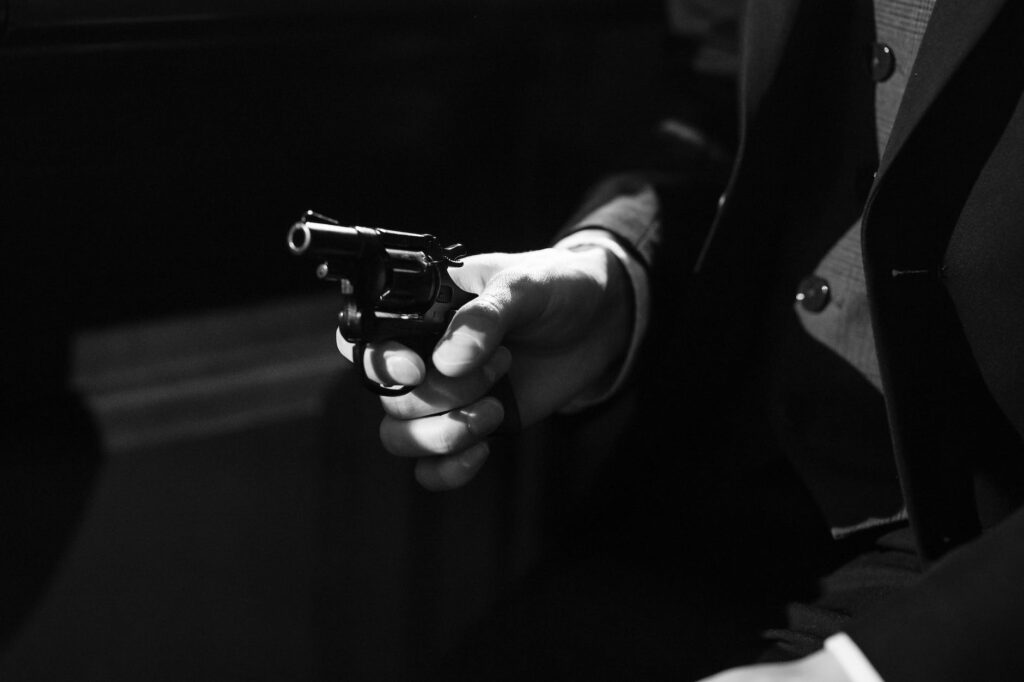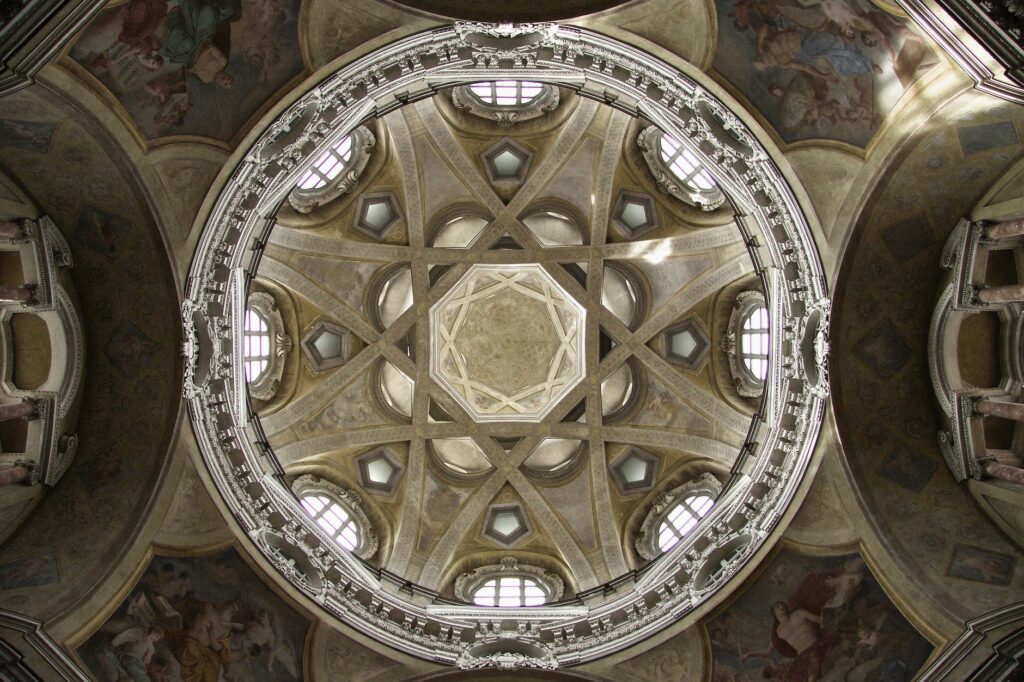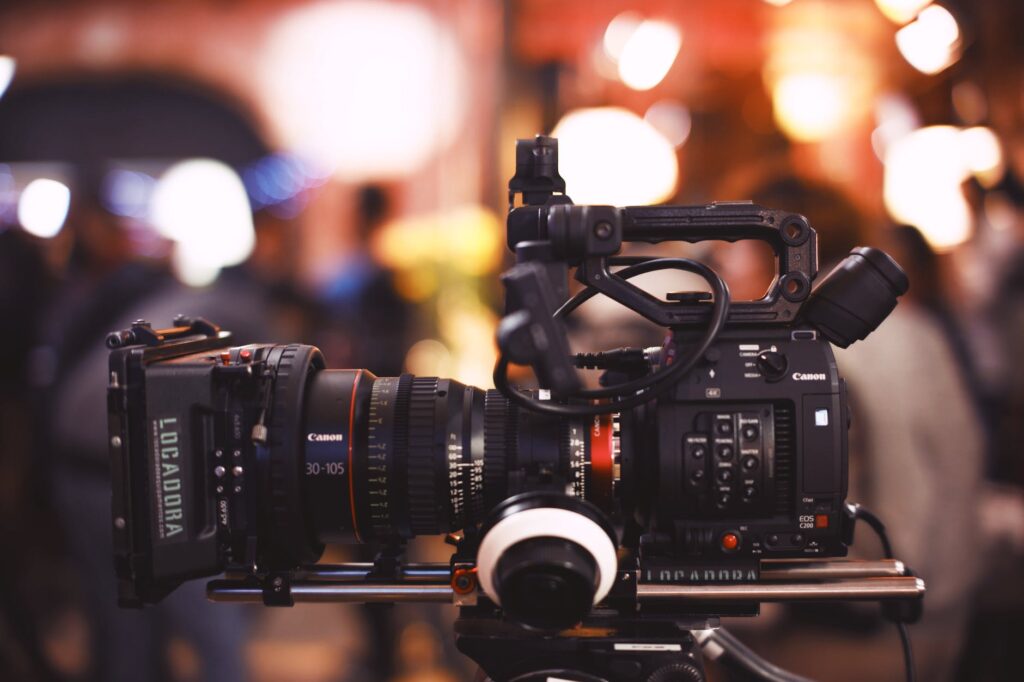Step into the world of The Godfather, where dark alleys and elegant mansions intertwine to create a cinematic experience like no other. Francis Ford Coppola’s masterpiece, released in 1972, continues to captivate audiences with its powerful storytelling and iconic characters. In this article, we will delve into the depths of this film’s cinematic language, deciphering the hidden messages and visual cues that make it a true work of art. From the use of light and shadow to the deliberate framing of each shot, The Godfather weaves a tapestry of visuals that enhance the narrative and immerse viewers in its gritty yet glamorous world. Join us on this journey as we explore the intricate details and innovative techniques that have solidified The Godfather’s status as one of the greatest films in history.
Understanding cinematic language

Cinematic language is the unique set of visual and auditory techniques used by filmmakers to tell stories and evoke emotions. It encompasses various elements such as camera movements, lighting, editing, and sound design, each playing a crucial role in shaping the overall cinematic experience. The Godfather is a masterclass in the effective use of cinematic language, as it skillfully employs these techniques to enhance its narrative and create a distinct atmosphere. By understanding and analyzing these elements, we can gain a deeper appreciation for the artistry behind The Godfather and its impact on cinema as a whole.
Symbolism in The Godfather

Symbolism is a powerful tool used by filmmakers to convey deeper meanings and themes. The Godfather is rich with symbolism, with each object and action carrying a weighty significance. From the oranges that foreshadow death to the omnipresent cat representing omerta, the film is filled with subtle visual cues that add layers of meaning to the narrative. By carefully examining these symbols, we can unravel the hidden messages within The Godfather and gain insight into the complex world of organized crime and family loyalty.
Lighting and color in The Godfather

Lighting and color play a crucial role in setting the mood and atmosphere of a film. In The Godfather, the use of chiaroscuro lighting, with its stark contrast between light and shadow, creates a sense of mystery and tension. The warm, earthy color palette further enhances the film’s period setting and adds a timeless quality to the visuals. Through the strategic use of lighting and color, The Godfather immerses viewers into its world, evoking a range of emotions and heightening the impact of key scenes.
Camera movements and angles in The Godfather

The camera is a storyteller’s most powerful tool, capable of guiding the audience’s gaze and influencing their perception of a scene. The Godfather employs a variety of camera movements and angles to heighten the drama and emphasize the power dynamics within its narrative. From the smooth tracking shots that follow characters through crowded rooms to the low-angle shots that convey dominance and authority, every camera movement in The Godfather is purposeful and contributes to the film’s overall visual language.
Editing techniques in The Godfather
Editing is the invisible art of piecing together individual shots to create a seamless and cohesive narrative. The Godfather’s editing is masterful, with its precise pacing and seamless transitions. The film often employs cross-cutting, where different storylines are interwoven to create tension and build suspense. By manipulating time and space through editing, The Godfather crafts a narrative that keeps viewers on the edge of their seats and further enhances the film’s gripping storytelling.
Sound design in The Godfather
Sound design is an often overlooked but essential aspect of filmmaking. The Godfather’s sound design is meticulous, with carefully chosen music and ambient sounds that enhance the emotional impact of each scene. From the haunting score composed by Nino Rota to the subtle sounds of footsteps and gunshots, every sound in The Godfather is purposefully crafted to immerse viewers in its world and heighten the intensity of key moments.
The use of props and costumes in The Godfather
Props and costumes are vital tools used by filmmakers to establish a character’s identity and reinforce the film’s setting. In The Godfather, every prop and costume choice is deliberate and contributes to the authenticity of the world being portrayed. From the iconic suits and fedora hats worn by the characters to the carefully chosen objects that appear throughout the film, each element adds depth and complexity to the story, further immersing viewers in The Godfather’s richly detailed universe.
The Godfather’s influence on cinema
The Godfather’s impact on cinema cannot be overstated. It revolutionized the gangster genre and set a new standard for storytelling and character development. Its use of cinematic language and innovative techniques has inspired countless filmmakers and continues to influence contemporary cinema. The Godfather’s enduring legacy is a testament to its timeless themes and the mastery with which it was crafted.
Conclusion
In conclusion, The Godfather is a cinematic masterpiece that showcases the power of visual storytelling. Through its meticulous use of cinematic language, the film transports viewers into a world of dark alleys and elegant mansions, where loyalty and betrayal collide. From its subtle symbolism to its evocative lighting and camera work, The Godfather captivates audiences with its attention to detail and profound storytelling. It is a testament to the enduring impact of this film that, even decades after its release, its cinematic language continues to be studied and celebrated by filmmakers and audiences alike.

Leave a Reply